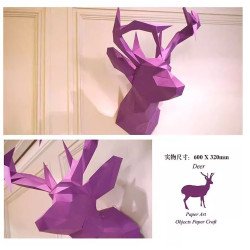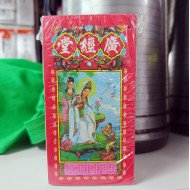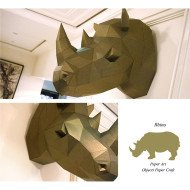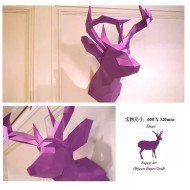
呼拉圈:跨世代的健康活動工具
- 呼拉圈是一種適合從幼兒到長者各年齡層的多功能活動工具
- 不同年齡段可根據身體條件調整呼拉圈活動方式,確保安全有效
- 呼拉圈活動能同時促進身體健康、社交情感和認知發展
- 調查顯示92%的參與者喜愛呼拉圈活動,參與後心情評分平均從6.3提升至8.7
- 呼拉圈是連接代際的橋樑,能夠帶給各年齡層相似的歡樂和發展機會
我的呼拉圈體驗之旅
我曾有幸在不同年齡階段的教育和照護環境中服務,從幼稚園、小學到長者中心,這讓我親眼見證了呼拉圈如何成為一種跨世代的健康活動工具。記得我第一次在幼稚園引入呼拉圈活動時,孩子們臉上展現的純粹喜悅至今難忘。同樣地,當我在長者中心看到七十多歲的張奶奶成功地用手臂旋轉呼拉圈時,那種成就感的笑容與五歲孩童別無二致。
"呼拉圈不只是一個玩具,它是連接各個年齡層的橋樑,提供身體活動、社交互動和認知刺激的完美結合。"
呼拉圈在不同年齡層的應用
呼拉圈在幼稚園是非常實用的教學和遊戲工具,
呼拉圈在幼稚園的用途:
常見的呼拉圈遊戲名稱:
幼稚園階段
在幼稚園,呼拉圈成為孩子們最喜愛的玩具之一。每當我拿出彩色的呼拉圈,教室裡就會爆發出歡呼聲。對於這個年齡段的孩子,呼拉圈主要用於:
- 基礎運動技能發展
- 空間感知培養
- 顏色和形狀概念學習
- 音樂節奏感訓練
- 社交互動與團隊合作初體驗
小學階段
隨著孩子們進入小學,呼拉圈活動也隨之升級。我在小學任教期間,經常利用呼拉圈來:
- 設計更具挑戰性的體能訓練
- 創造需要高度團隊合作的遊戲
- 結合數學概念進行教學
- 培養學生的耐力和專注力
- 提供課間休息時的健康活動選擇
長者中心
在我轉向長者服務工作後,呼拉圈依然是我的得力助手。為了適應長者的身體條件,我們對活動進行了創新調整:
- 以坐姿進行的呼拉圈活動
- 強調上肢運動而非腰部旋轉
- 結合認知訓練的呼拉圈記憶遊戲
- 降低難度但保持趣味性的投擲活動
- 促進社交互動的團體遊戲
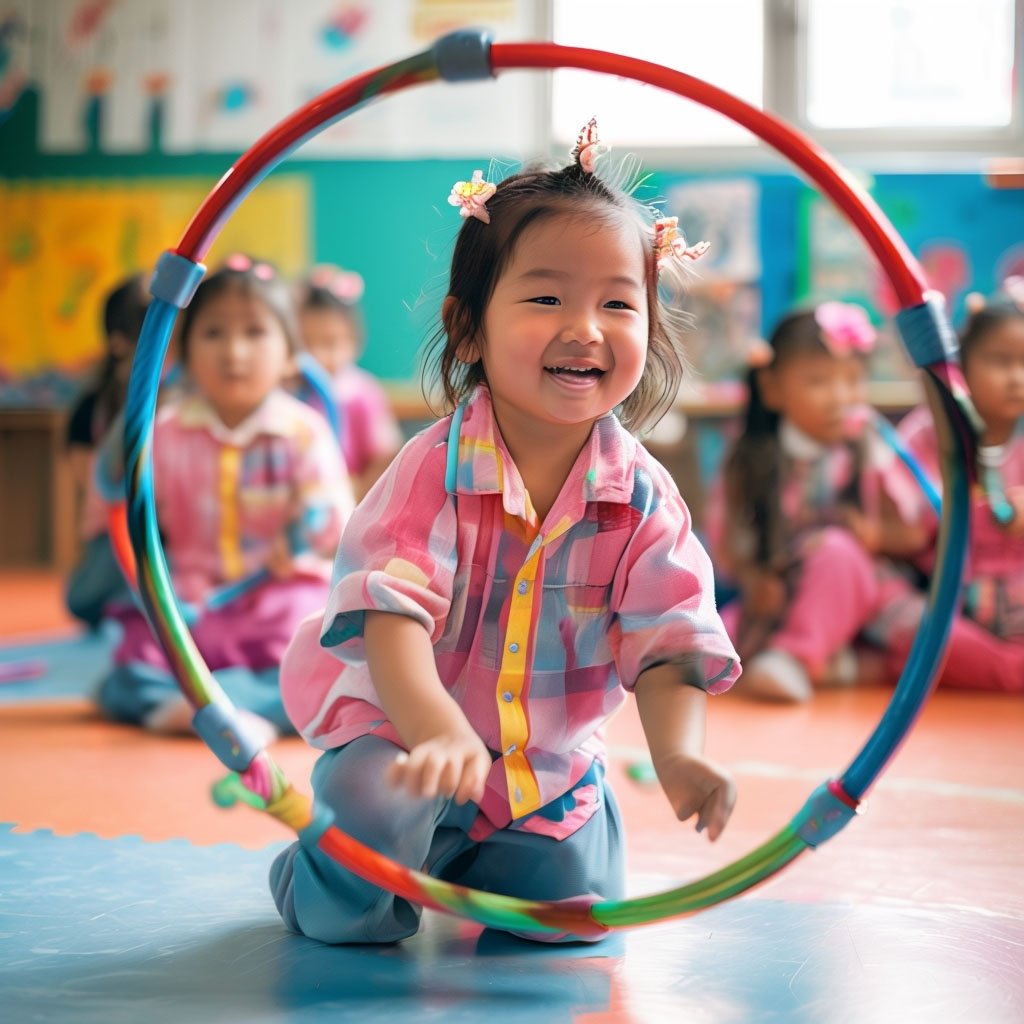
呼拉圈活動的跨年齡段比較
| 特點 | 幼稚園 | 小學 | 長者中心 |
|---|---|---|---|
| 主要目標 | 基礎技能發展、感知訓練 | 體能提升、團隊合作、學科融合 | 關節活動度維持、平衡感訓練、認知刺激 |
| 活動強度 | 低至中等 | 中等至高 | 低 |
| 遊戲複雜度 | 簡單、直接 | 複雜、有策略性 | 簡化但有變化 |
| 社交元素 | 基礎互動 | 競爭與合作並重 | 以合作和互助為主 |
| 安全考量 | 避免碰撞、簡化規則 | 防止過度競爭導致受傷 | 防跌倒、避免過度疲勞 |
| 最佳時長 | 10-15分鐘 | 20-30分鐘 | 15-20分鐘,間歇進行 |
呼拉圈活動帶來的關鍵益處
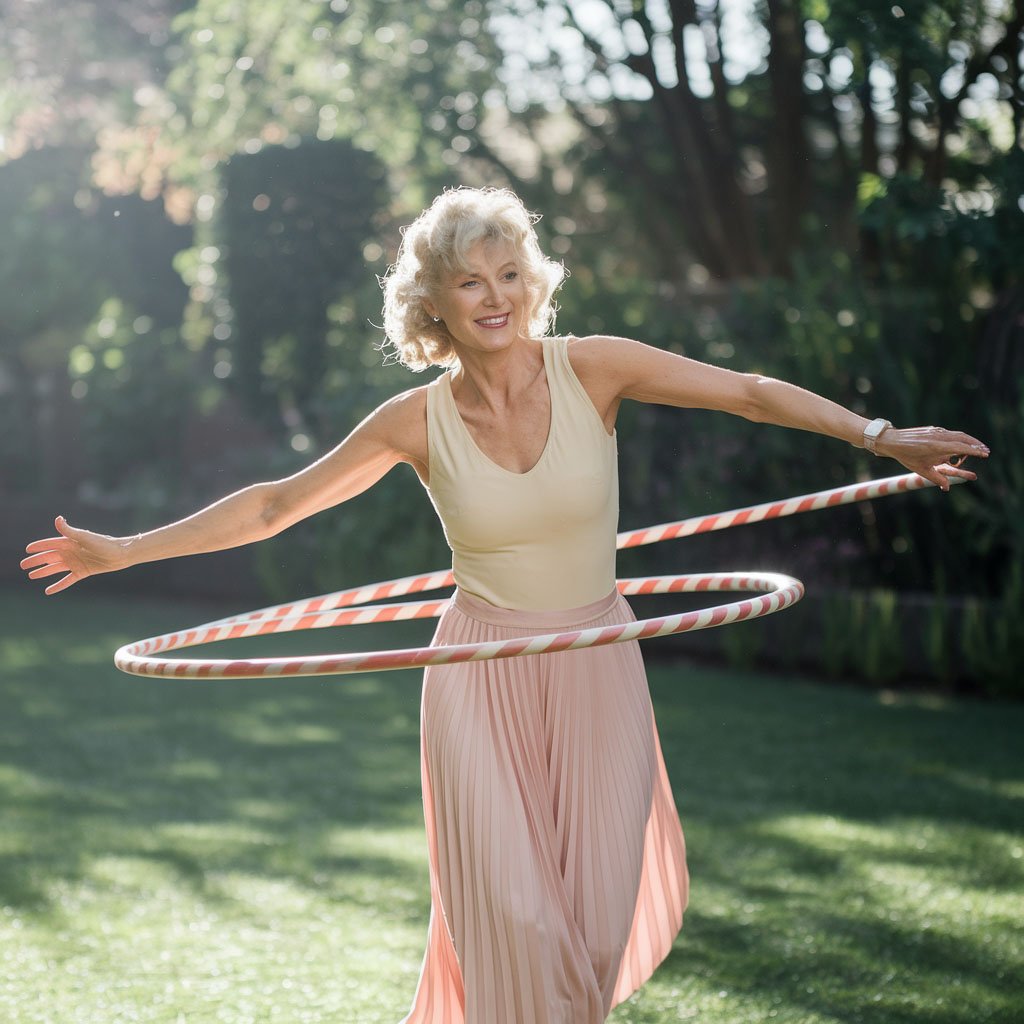
1. 身體健康方面
- 提升心肺功能
- 增強核心肌群力量
- 改善平衡感和協調能力
- 增加身體靈活性
2. 社交情感方面
- 促進團隊合作精神
- 培養耐心和毅力
- 增強自信心和成就感
- 提供正向的社交互動機會
3. 認知發展方面
- 提升專注力和注意力
- 增強空間感知能力
- 發展問題解決技能
- 培養創造性思維
調查數據揭示的成效
在我主持的一項跨年齡段呼拉圈活動效益調查中,共有312名參與者(包括87名幼稚園兒童、156名小學生和69名長者)。
調查結果顯示:
- 92%的參與者表示喜歡呼拉圈活動
- 幼稚園兒童中有89%在參與活動後展現更好的空間感知能力
- 小學生中有76%表示呼拉圈活動是他們最喜愛的體育活動之一
- 長者參與者中有82%認為呼拉圈活動使他們的日常生活更加積極
- 活動後測量顯示,參與者平均心情評分(1-10分)從活動前的6.3提升至8.7
通過我在不同年齡層教育和照護環境中的親身經歷,我深信呼拉圈是一種極具價值的多功能教育和健康工具。
它能夠適應從幼兒到長者的不同需求,提供身體、社交和認知方面的全面發展機會。最令人欣慰的是,呼拉圈活動能夠打破年齡的界限,成為連接代際的橋樑,帶給各年齡層相似的歡樂和發展機會。

常見問答
Q1: 呼拉圈活動對於肢體協調能力較差的兒童有幫助嗎?
A: 是的,呼拉圈活動對於提升協調能力較差的兒童特別有益。我的經驗表明,可以先從簡單的呼拉圈地面遊戲開始,如跳進跳出或踩圈遊戲,然後逐漸過渡到需要更多協調性的活動。這種漸進式的方法能夠建立信心並有效提升協調能力。
Q2: 長者使用呼拉圈是否存在安全隱患?
A: 安全是長者呼拉圈活動的首要考量。我在設計長者呼拉圈活動時,會確保大部分活動在坐姿進行,或者有扶手可供支撐。此外,使用輕量呼拉圈並避免需要大幅度轉動腰部的動作也很重要。在適當調整和監督下,呼拉圈活動對長者是安全且有益的。
Q3: 如何將呼拉圈活動與學科學習結合?
A: 我曾設計過多種將呼拉圈與學科學習結合的方法。例如,可以在呼拉圈內放置數學問題卡片,學生需要解答才能前進;也可以用不同顏色的呼拉圈代表不同的詞性,學生需要根據老師說出的詞語跳到對應的呼拉圈中。這些活動將身體活動與認知學習有機結合,提高了學習效果。
Q4: 一般進行呼拉圈活動的最佳人數是多少?
A: 根據我的經驗,幼稚園和長者中心的理想小組規模為8-12人,這樣可以確保每個人都有足夠的參與機會和指導。小學生則可以適當增加至15-20人一組。若條件允許,配置一名主要指導者和一名助手效果更佳,特別是在進行較複雜的團隊遊戲時。
Q5: 如何評估呼拉圈活動的成效?
A: 我通常從多個維度評估呼拉圈活動的成效:身體方面可觀察參與者的協調性和耐力變化;社交方面可以記錄互動頻率和質量;認知方面則可以設計簡單的前後測評估專注力或空間感知能力。對於長者,我還會使用簡單的生活質量問卷,評估活動對日常生活的影響。最重要的是建立長期觀察記錄,以便追蹤參與者的進步情況。



